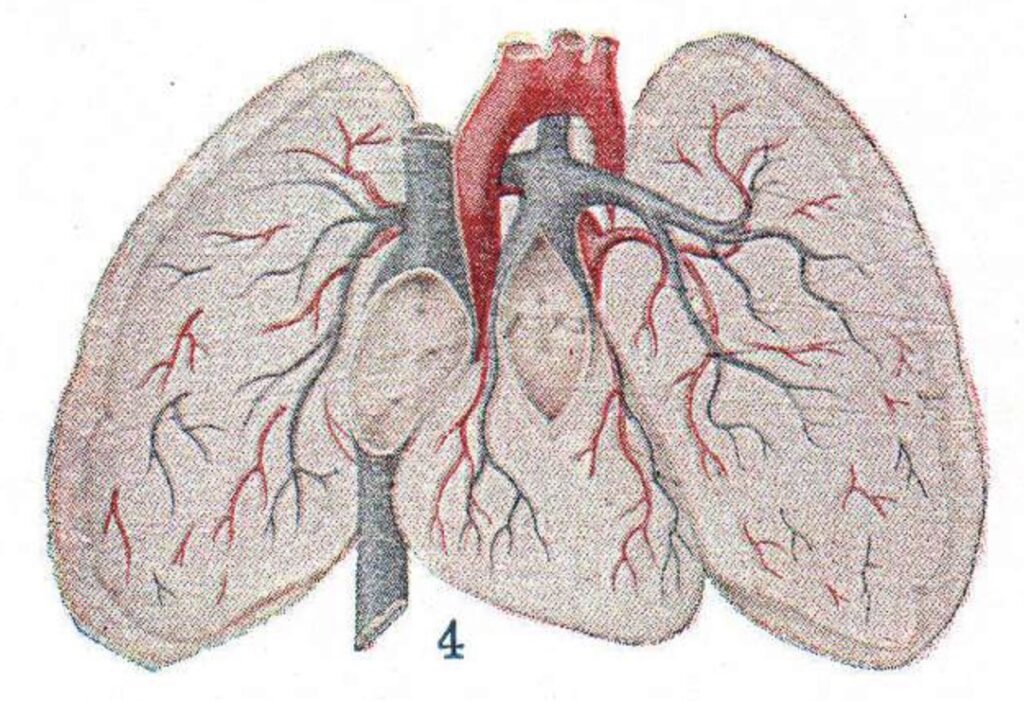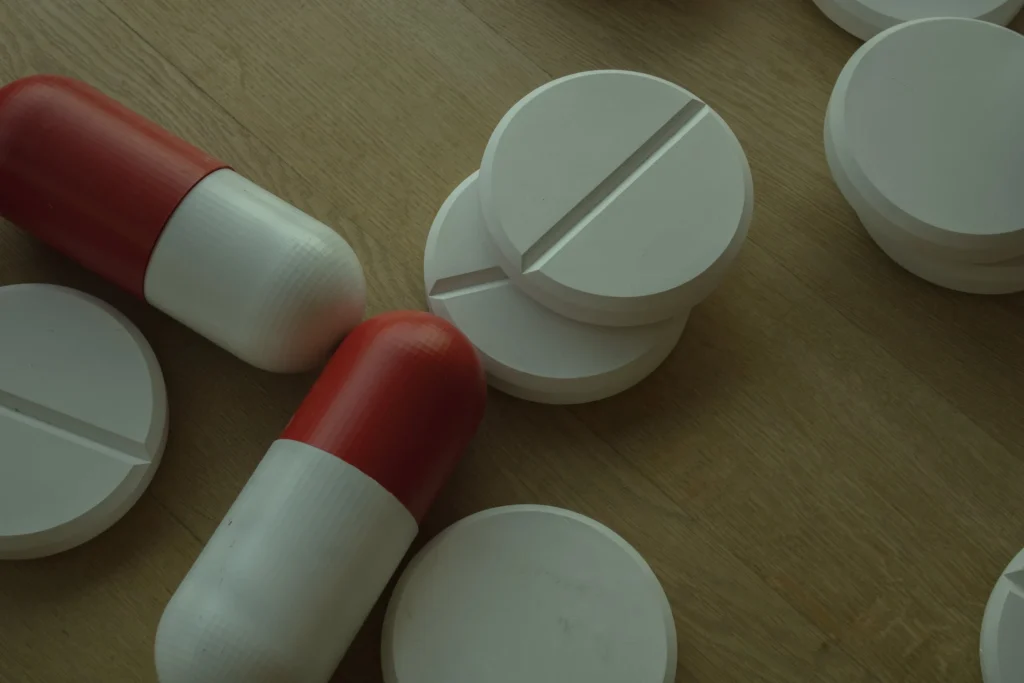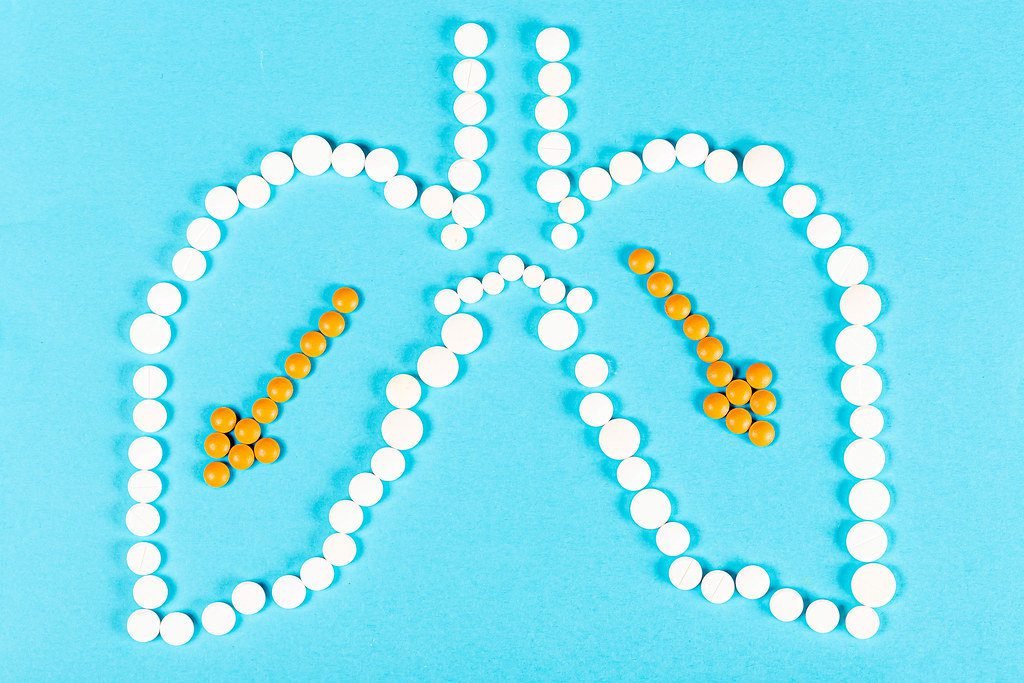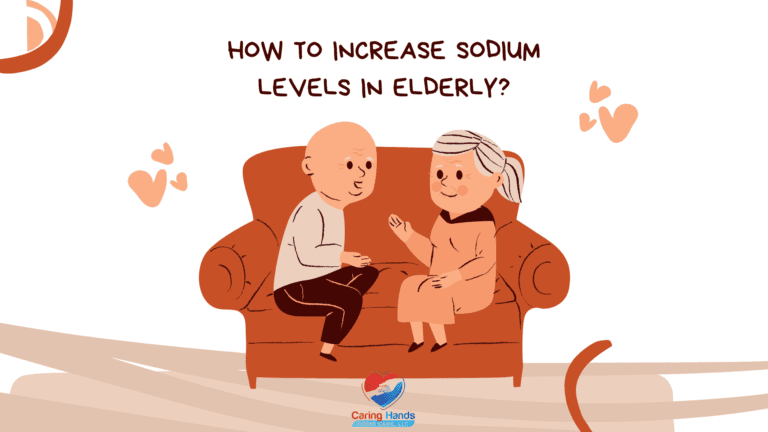How Serious Is Fluid On The Lungs In The Elderly? Learn Now
As life progresses, the vulnerability to various health complications and illnesses is elevated. It is necessary to get professional help and treat such medical conditions while there’s still time.
Fluid on the lungs in medical terms is known as pulmonary edema. This medical complication can induce adverse effects, especially for the elderly group of people. In this article, we will explore the impact of the respective disease on senior citizens, some possible causes of pulmonary edema, its symptoms, and ways to treat the disease.
Also Read: 6 Activities of Daily Living & Need for Long-Term Care [UPDATED]
How Does Fluid in Lungs Affect the Elderly?
Quick Answer: Fluid in the lungs is a rather curable medical complication even in elderly people but if left untreated, it could prove to be dangerous and in extreme cases, fatal.
Families need to recognize the symptoms in the elderly age group of people and get them checked or treated by a healthcare professional before the condition worsens. Fluid accumulation in old people can affect them in the following ways.
Impaired Exchange of Oxygen
With fluid accumulation in the lungs, it may interfere with the exchange of oxygen and carbon dioxide, leading to reduced levels of oxygen in blood. This complication can further lead to shortness of breath and breathing difficulties.
The situation may turn for the worse in elderly patients as their immune system is already compromised in so many ways.
Respiratory Infections
With fluid in the lungs, patients are more vulnerable to infections and diseases. Patients in old age are already exposed to health complications. Pulmonary edema may make these patients more susceptible to various respiratory infections such as pneumonia.


Cardiac Strain
In many cases, pulmonary edema may be induced by an underlying heart issue. With pulmonary edema and inefficient pumping of the heart, elderly patients are more vulnerable to cardiac complications.
This may increase the chances of cardiac arrest or other heart-related issues later in life.
Reduced Physical Activity
Fluid presence in the lungs makes breathing difficult which can ultimately, reduce the physical activity of many patients.
In elderly people, this may take the form of a much worse condition. Physical activity in old people is already limited to some extent, but with the addition of a health complication, it can lead to weakened muscles and compromise overall health.
Hospitalization and Complication
Pulmonary edema often requires hospitalization and if the patient is an old person, he or she may require special care and supervision.
When being admitted to a medical facility, the elderly may be more exposed to infections leading to health complications.
Is Pulmonary Edema More Common in Old Age?
Pulmonary edema can affect people of all ages. However, the chances of getting affected by this illness are elevated in the presence of other factors, especially in old age.
Certain health factors such as being on medication, cardiac issues, underlying health issues, and a weak immune system make a person more vulnerable to developing pulmonary edema.
As one age, the complexities in health may become more common. One may develop health issues more easily. It is essential to be aware of the factors contributing to other health complications to reduce the likelihood of a disease.
What are the Common Causes of Fluid Accumulation in Lungs?
The following factors can induce fluid accumulation in the lungs. It is vital to identify the specific cause behind the disease and address it accordingly to manage the condition more effectively.
Kidney Problems
With improper functioning of kidneys, they remove excess fluid and sodium from the body, leading to retention of fluids and ultimately, pulmonary edema.


High Blood Pressure
Elevated blood pressure can strain the heart and blood vessels, causing pulmonary edema.
Heart Issues
The improper pumping of blood by the heart leads to a backup of blood in the lungs leading to fluid leakage into airsacs.
Medications
Certain medications such as nonsteroidal anti-inflammatory drugs(NSAIDs) when taken in high dosages can play a key role in the accumulation of fluids.


Infections
Certain infections such as pneumonia or bronchitis can lead to pulmonary edema.
What are the Symptoms of Pulmonary Edema?
Nothing is more threatening than an undiagnosed and untreated disease. People must look out for certain symptoms that may indicate a health complication.
For pulmonary edema, the following are the symptoms, patients and families should watch out for
- Shortness of breath or difficulty in breathing
- Wheezing
- Coughing
- Rapid breathing
- Chest pain
- Pale skin
- Cold sweats
What Strategies Can Help Prevent Fluid Accumulation in Lungs?
Taking certain steps and strategies can prevent a person from developing fluid accumulation in the lungs.
- Manage underlying health conditions: With preexisting medical conditions, it is vital to keep a check on them and address the conditions when necessary.
- Follow a heart-healthy diet: A diet low in salt can help prevent the retention of fluid and maintain a low blood pressure.
- Monitor fluid intake: Keep a close check on daily fluid intake and monitor accordingly.
- Stay active: Keep yourself physically active by exercising. It helps maintain the cardiovascular activity.
- Manage weight: Being obese can lead to heart issues which ultimately play a significant role in developing pulmonary edema.
- Avoid nicotine or alcohol: Consuming nicotine or alcohol leads to damage to the heart and lungs, elevating the chances of pulmonary edema.
- Follow medical recommendations: If a person has a history of pulmonary edema or is at risk of it, he or she should follow medical recommendations.
Editor’s Pick: TOP 7 Pros And Cons Of Long-Term Care Facilities
Treatments for Pulmonary Edema
It is crucial to provide patients with pulmonary edema with adequate treatment. The method of treatment may vary with the severity and cause of the respective disease.
- Supplemental oxygen: Providing the patient with oxygen through a mask or nasal cannula can help with improving oxygen level and shortness of breath.
- Medication: Medication to either manage the underlying conditions or the disease itself can help treat the condition.
- Ventilator: In severe cases, a ventilator is used to aid in breathing and to prevent the working of respiratory muscles.
What is the Difference Between Pulmonary Edema and Pleural Effusion?
While both conditions are related to fluid accumulations, there’s a significantly large difference between these two. It is crucial to know the difference between them to avoid mistaking one for another.
The key difference between the two conditions is that pulmonary edema is fluid accumulation in the lungs whereas pleural effusion is the accumulation of fluid in the pleural cavity that surrounds the lungs. While some may confuse them, these are two distinct health complications that are peculiar in their own ways with unique methods of treatments to manage them.
What are the Symptoms of Pleural Effusion?
Following are the symptoms that indicate the presence of pleural effusion in an individual.
- Fever
- Cough
- Chest pain
- Rapid breathing
- Hiccups
- Shortness of breath
How is Pleural Effusion Treated?
The aim of the treatment of pleural effusion is to eliminate the fluid around the lungs and to prevent the build-up of fluids in the future. Following are some of the treatment methods applied to patients with pleural effusion.
- Thoracentesis: A commonly used method to remove fluid from the pleural cavity is thoracentesis. In this method, a healthcare professional inserts a thin needle or a catheter between the ribs into the pleural space. The fluid is then drained by the needle or catheter being used.
- Medications: In some cases, especially when pleural effusion is caused by some infection, medications are used to treat the disease. Antibiotics or antifungal medicines may be taken to treat any sort of infection.
- Treatment of underlying conditions: Addressing the underlying causes effectively can also help treat pleural effusion. Some of the main underlying causes of the respective disease are heart failure, cancer, kidney problems, and liver issues.
- Thoracic surgery: In extreme cases when other methods of treatment are of no use or have failed, medical professionals may opt for removing the fluid surgically.
Conclusion
With the diagnosis of pulmonary edema in your loved ones, it is essential to provide them with the best care possible. Delay in treatment can have its own adverse effects which can potentially harm the individual in worse ways. As an individual ages, it is crucial to prioritize the prevention, early detection, and effective management of pulmonary edema to ensure healthier and more fulfilling lives.
FAQs
What are the possible consequences of untreated pulmonary edema?
Untreated pulmonary edema can lead to respiratory distress, hypoxia, and worsened heart condition.
Does lung health decline with age?
Yes, with more exposure to the environment and certain lifestyle choices can lead to lung deterioration. These factors may also lead to a decline in the functioning of the lungs.
What are some dietary recommendations to improve lung health?
Fruits, vegetables, omega-3 fatty acids, and proteins make one's lungs more long-living and healthy.
Is pleural effusion more common in old people?
Yes, it is, as old people are more at risk of developing health complications associated with aging.
What happens when pleural effusion is left untreated?
When left untreated, pleural effusion can lead to respiratory distress, and infection, impacting an individual's overall health and quality of life.





![What Are The Pros & Cons of Assisted Living? [2024 UPDATED]](https://caringhandshomecarefl.com/blog/wp-content/uploads/2024/01/Assisted-living-care-pros-cons-e1704122253120-768x612.jpg)

